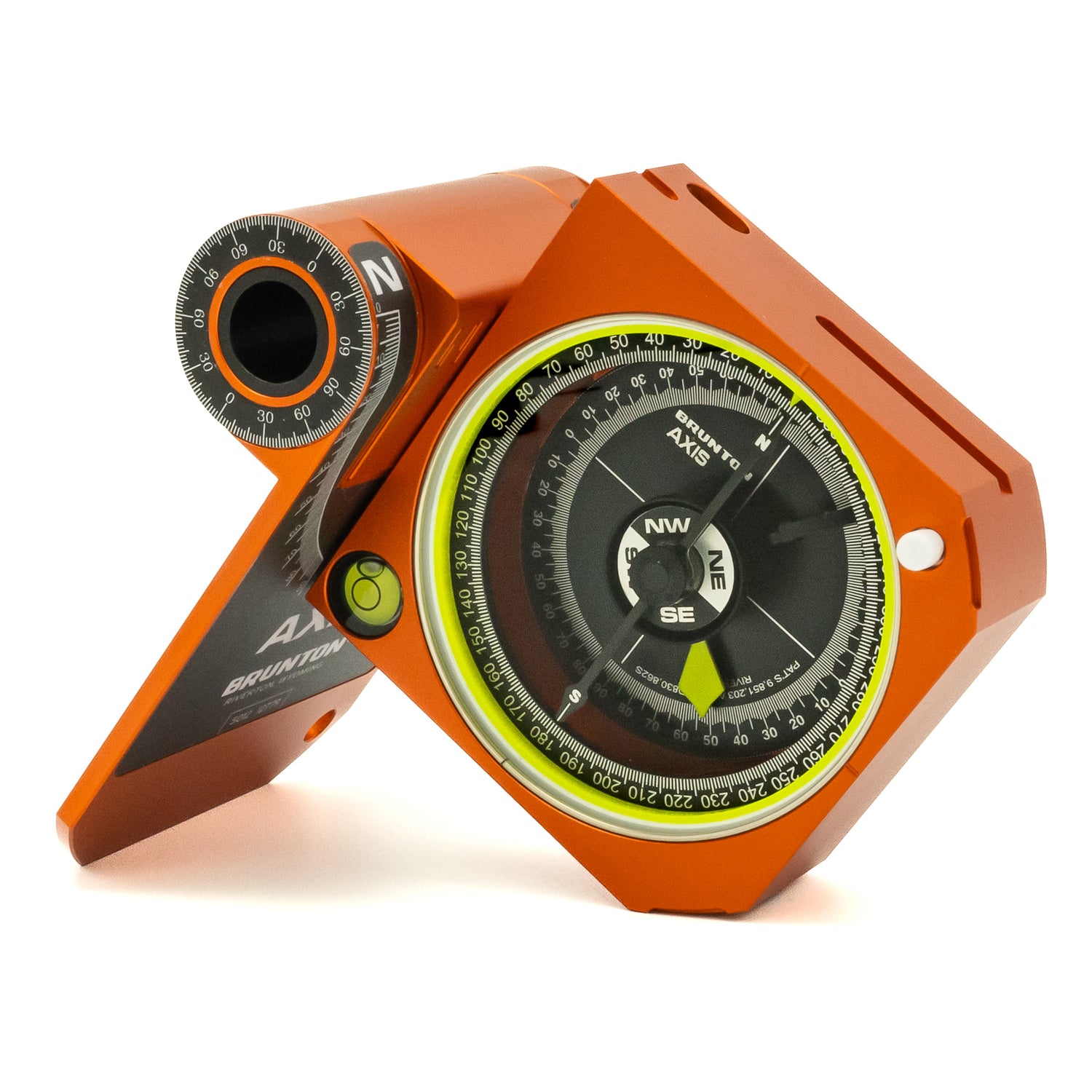There are so many different kinds of compasses, it can be hard to keep up. But it’s important to understand the different types of navigational tools—including a lensatic compass.
Click here to learn about the three different types of compasses.
Navigation has taken on many forms over the years. From the compass, to GPS, to now even your mobile device—there’s no shortage of navigational tools. Though GPS and smartphones are reliable, it’s still vital to carry a compass, and know how to use it, as a backup or lifesaving form of navigation.
Here at Brunton, we manufacture a variety of different compasses for varying needs in the field. A lensatic compass is just one of the many navigational tools we have built.
What is a Lensatic Compass?
A lensatic compass is often referred to as a military compass, and is typically used by the U.S. Military. The lensatic compass is comprised of different parts compared to a baseplate compass. The term “lensatic” comes from the fact that there is a lens on the rear side of the compass that aids in the orienteering process.

Lensatic compasses are made up of three parts: cover, base, and reading lens. The cover is used to protect the compass and also incorporates the sighting wire—which helps you determine direction. The base is the compass dial, bezel, and the thumb loop—the thumb loop is used for stability to garner a more accurate reading. Lastly, the reading lens also helps cover the compass and folds out; this is where the term “lensatic” comes from.
How to Use a Lensatic Compass
While some elements of the navigation process are similar to using a baseplate compass, there are also slight differences—including how you hold a lensatic compass. In this video below, the user walks through the elements of a USGI lensatic compass, and how to properly use one.
If you are interested in trying your hand at navigation with a lensatic compass, check out our Brunton 9077 Compass, and follow along with this video:


